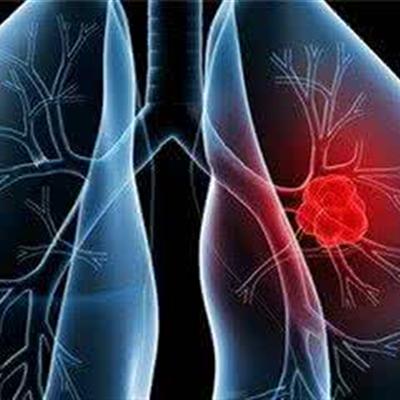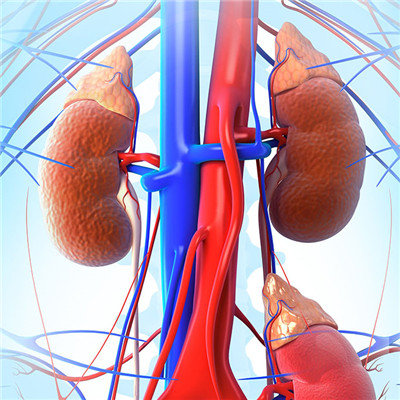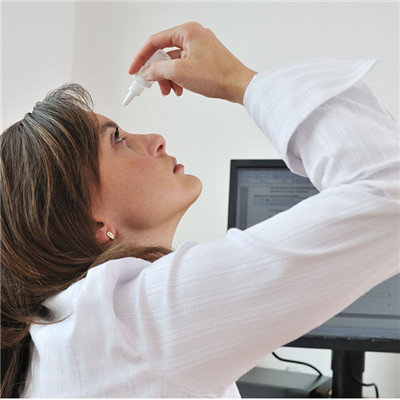There is murmur in the lung, blister sound how to return a responsibility?
summary
When auscultating breath sounds, the air can pass through the secreting trachea. At this time, when the air passes through the swollen or spasmodic bronchus, doctors can hear some additional breath murmurs, which are also called rales. According to some characteristics and properties of rales, they can be divided into dry rales and wet rales. Through such diagnosis, further diagnosis can be made, Plus some other examination methods, and then symptomatic treatment. There is murmur in the lung, blister sound how to return a responsibility? I'd like to share my views with you.
There is murmur in the lung, blister sound how to return a responsibility?
Dry rales are caused by tracheobronchial stenosis or partial obstruction, and turbulence when the air is inhaled or exhaled. They are more common in bronchial mucosa congestion and edema, secretion thickening, bronchial smooth muscle spasm, or intraluminal tumor or foreign body obstruction caused by respiratory tract inflammation. When dry rales occur in larger bronchi, they are called snoring, characterized by low pitch and high loudness; When it occurs in small bronchi, it is called "flute sound" or "flying arrow sound", which is characterized by sharp, short and high pitch; If the "flute sound" can be heard all over the lung field, it can also be called "wheezing sound".
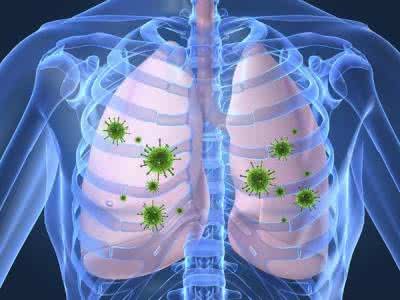
Dry rales can be heard when exhaling or inhaling, but it is more obvious when exhaling. Its tone and position are changeable and uncertain, that is, it increases or decreases significantly in a short period of time, which is mostly caused by bronchitis. If it is wheezing, it is mostly caused by bronchial asthma or asthmatic bronchitis. It is common in bronchial asthma, chronic bronchitis and cardiogenic pulmonary edema; Local dry rales are common in endobronchial tuberculosis or tumor.
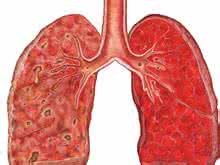
Moist rale (also known as blister sound), when breathing, air flow through the trachea or bronchus containing thin secretions, so that secretions form blisters and burst rapidly. It is the sound produced by the gas passing through the thin secretion in the respiratory tract when inhaled. According to the size of the respiratory tract cavity and the amount of secretion, the blister sound can be divided into large, medium and small (or thick, medium and fine moist rales), which are produced in the large, medium and small bronchi respectively. Big bubble sound, strong and low; Small bubble sound, weak and high tone; Water bubble is between the two. Small blister sound, the smallest is like the sound produced by twisting, which is called twisting sound. Large blister sound is more common in patients with bronchiectasis, pulmonary tuberculosis cavity, pulmonary edema and coma; The middle and small blister sounds were found in bronchopneumonia, chronic bronchitis and pulmonary interstitial fibrosis. The auscultation features of moist rales are intermittent and transient, and the position is relatively fixed. It is often more obvious at the end of inspiration, and it is relieved or disappeared after coughing.

matters needing attention
Those with better constitution should take antibiotics orally. If conditions permit, it is best to do a sputum culture bacterial sensitivity test, so as to select effective drugs. Penicillin can be used for unknown pathogen; Cephalosporins, such as vancomycin No. 4 or No. 5, can be used for suspected Staphylococcus; If pneumonia is suspected to be caused by Mycoplasma pneumoniae, macrocyclic lipid antibiotics such as erythromycin and minocycline should be preferred. Antibacterial drugs should be used in sufficient amount and in sufficient course. Generally, the drug should be used for 5-7 days after the body temperature returns to normal, and the lung symptoms basically disappear, then the drug can be stopped. Nursing should take the initiative to prevent cross infection. Don't stay and play in the ward corridor for a long time, and don't talk too much. Windows should be opened frequently to ensure the indoor air circulation. Turn over frequently and change body position to reduce blood stasis in lung and promote absorption of inflammation.



